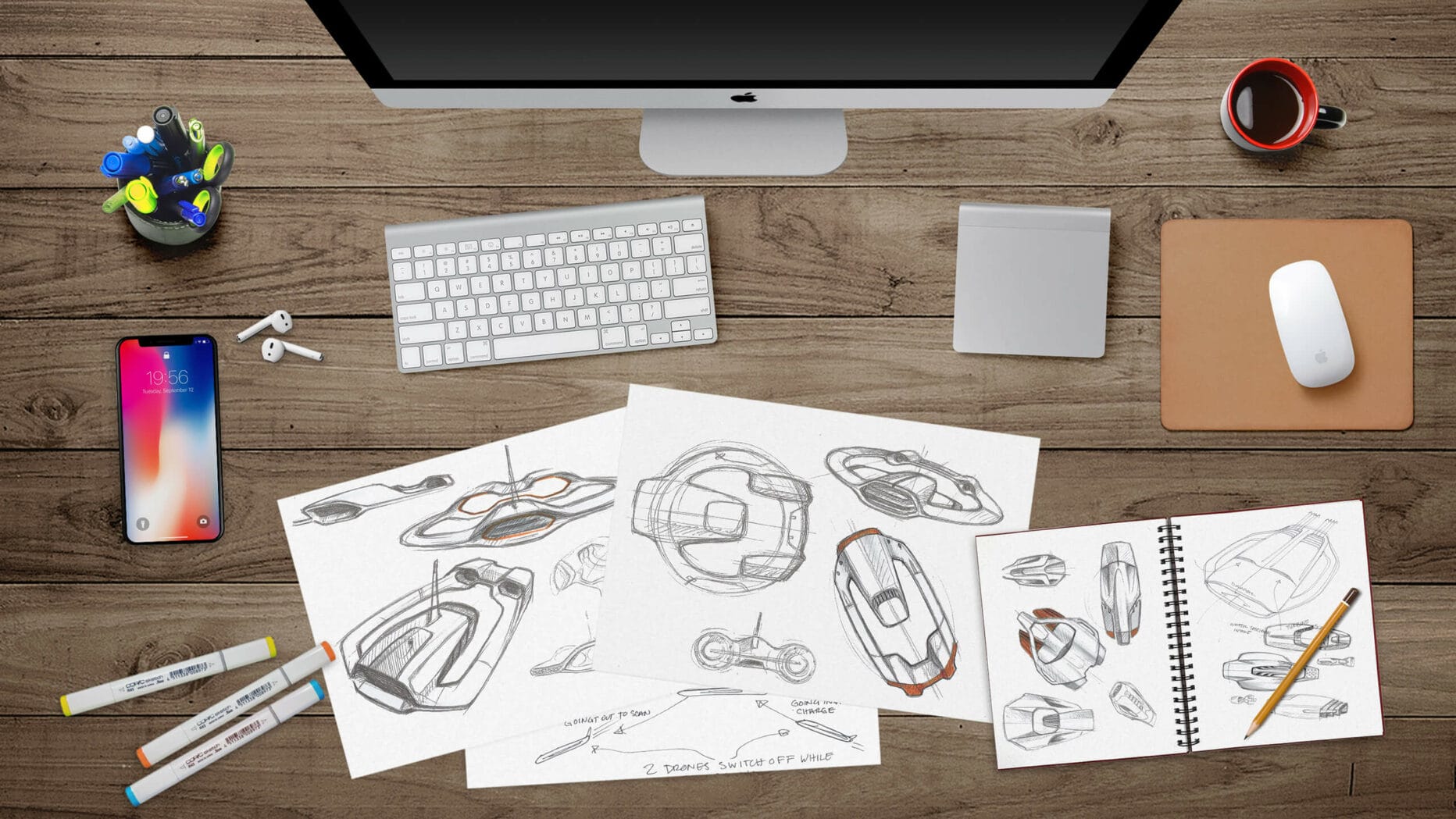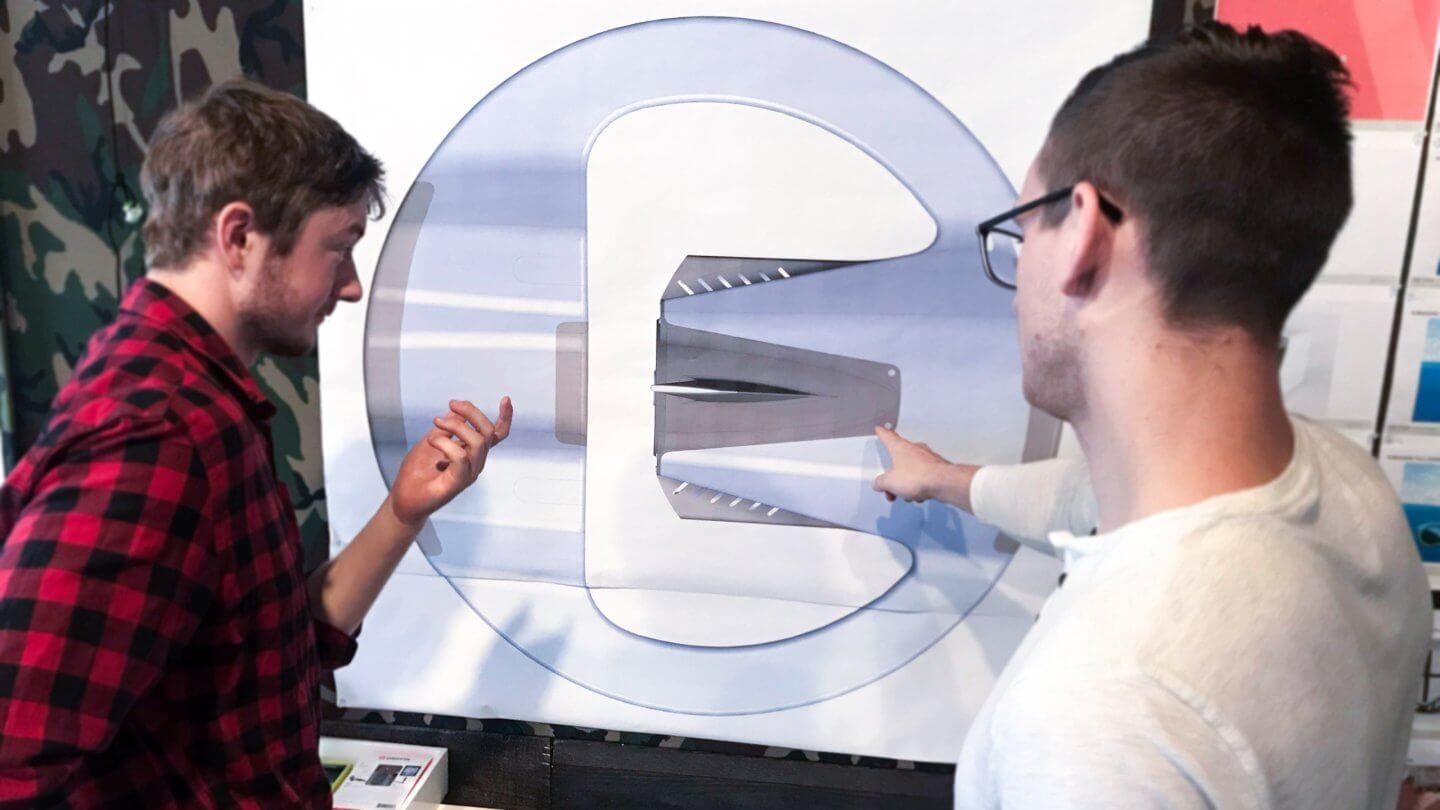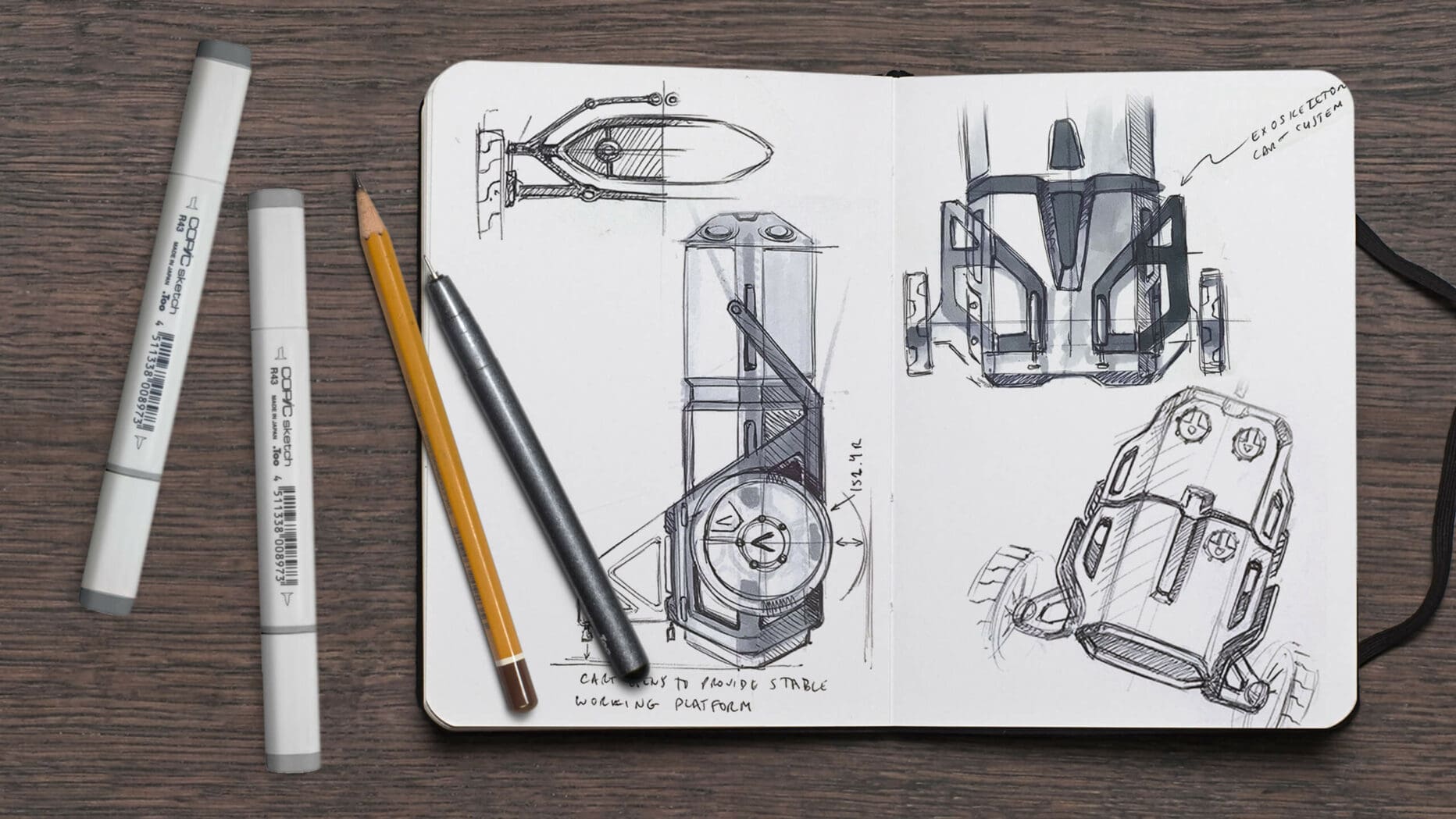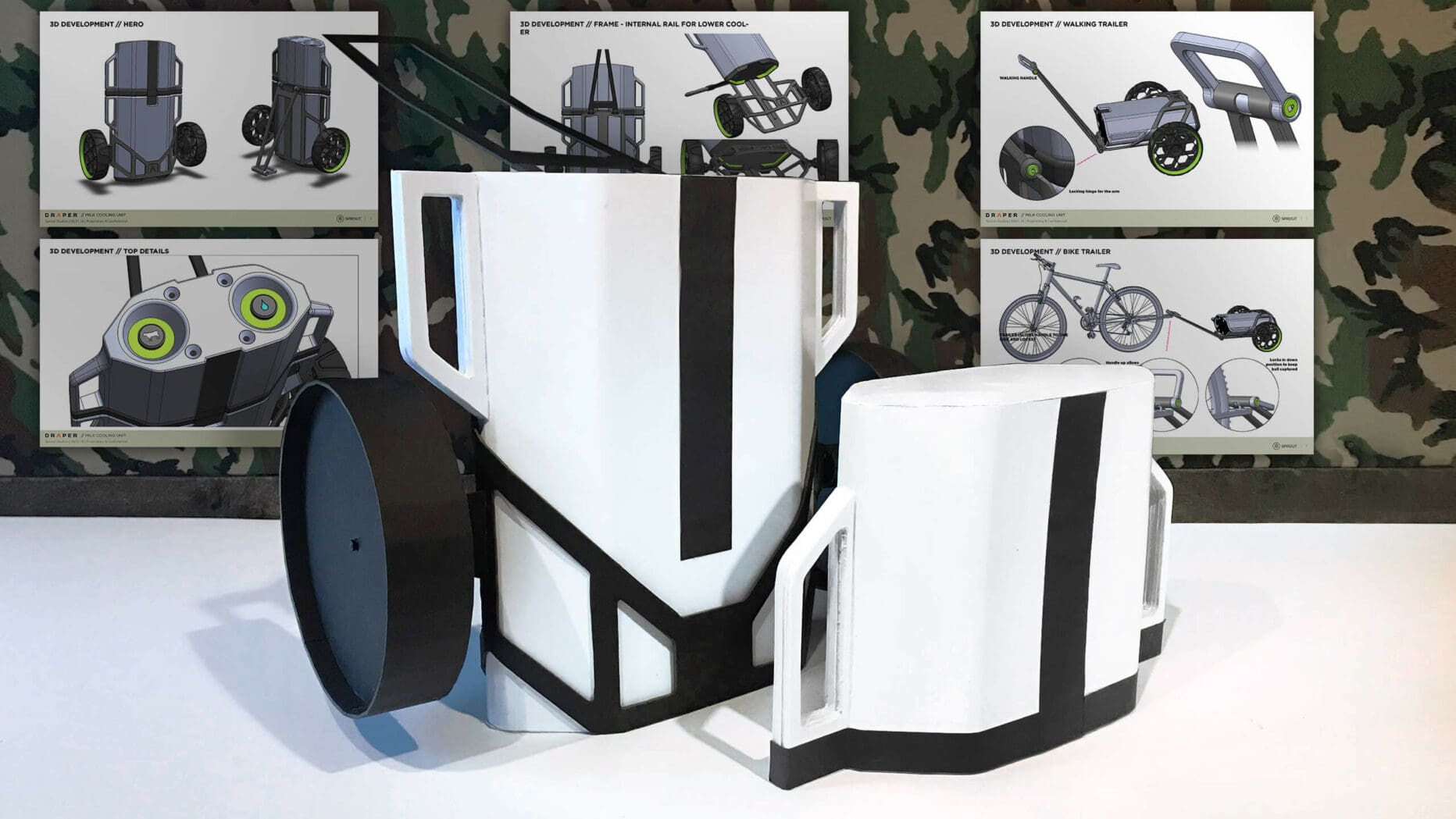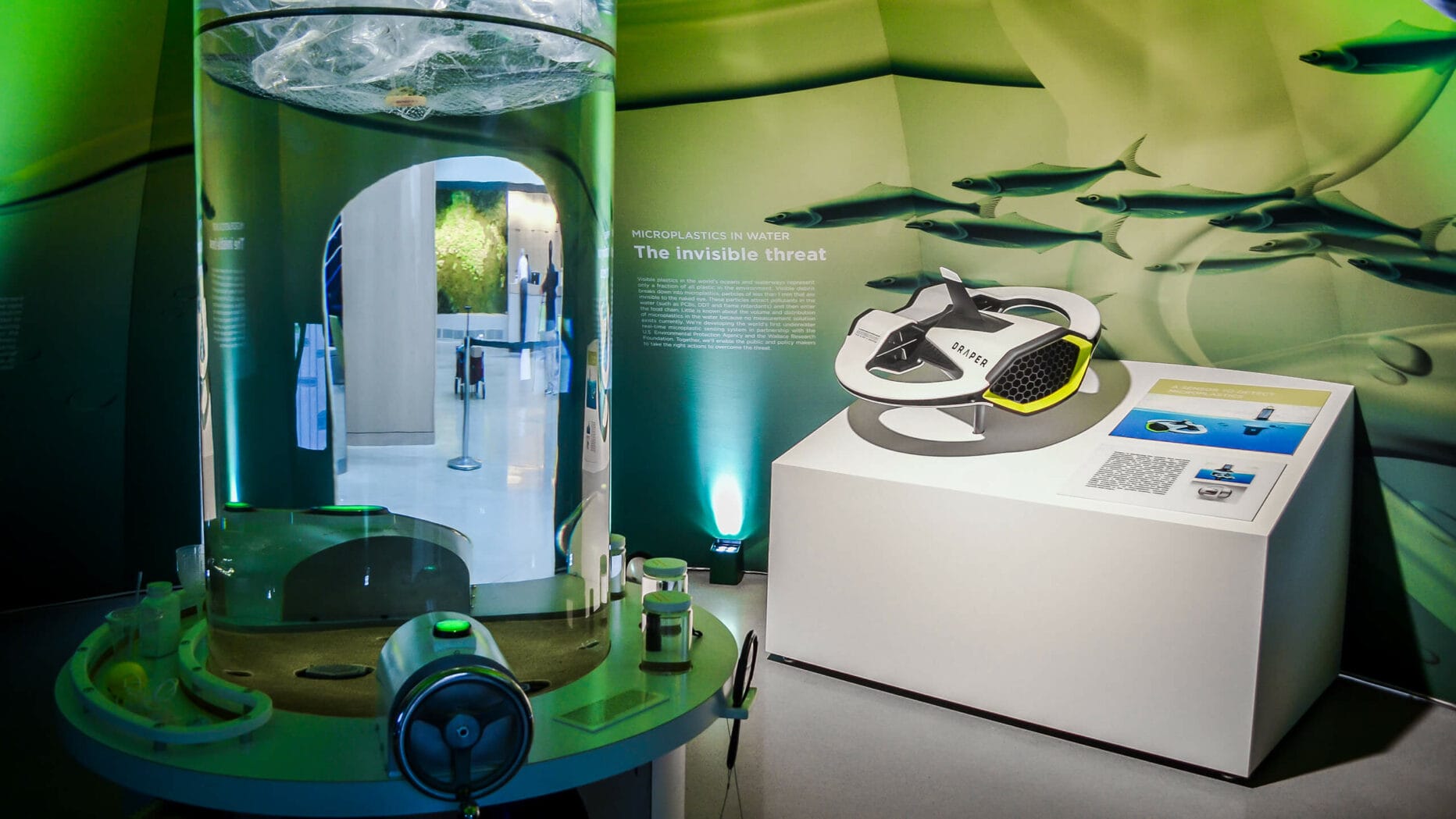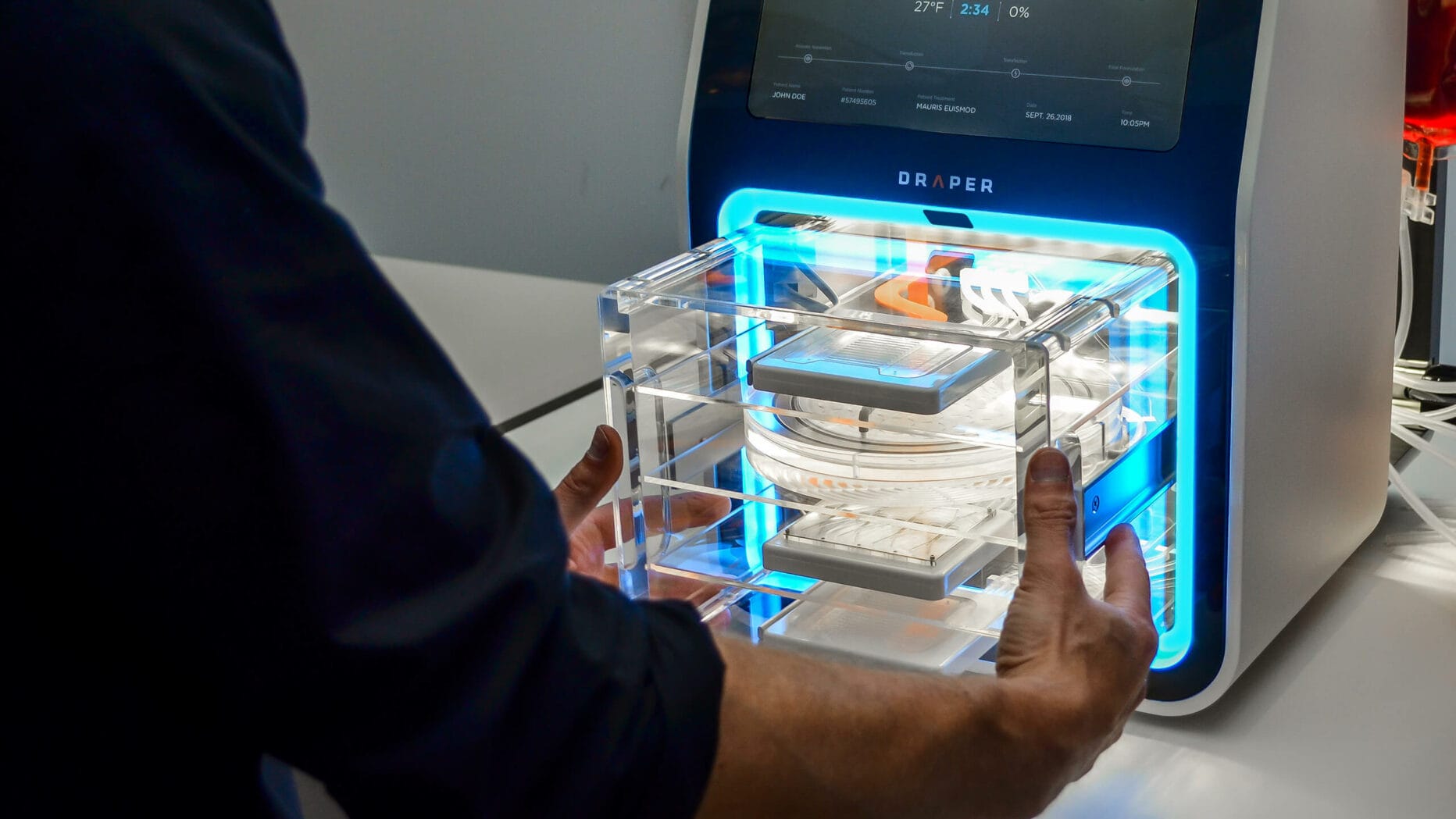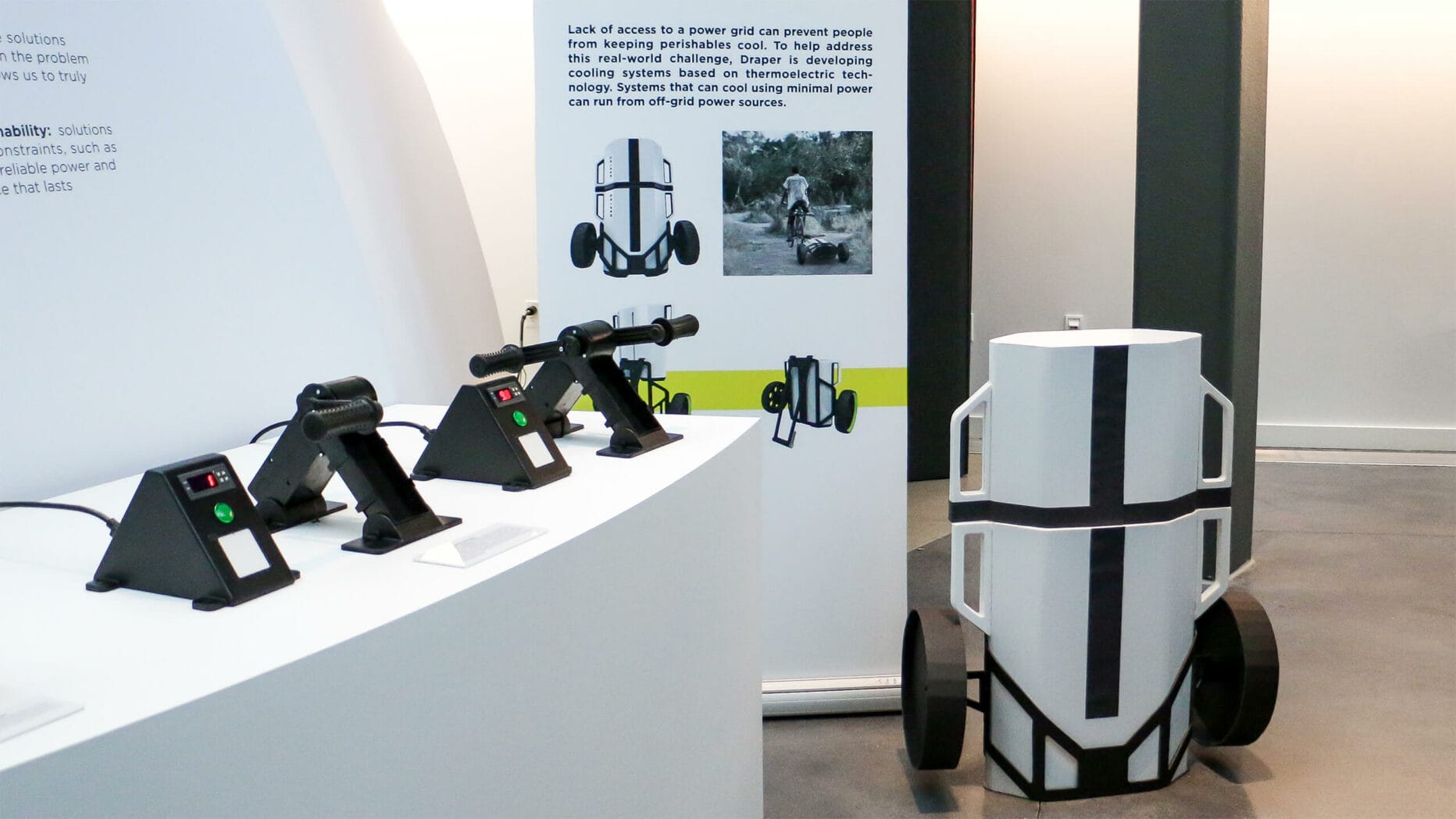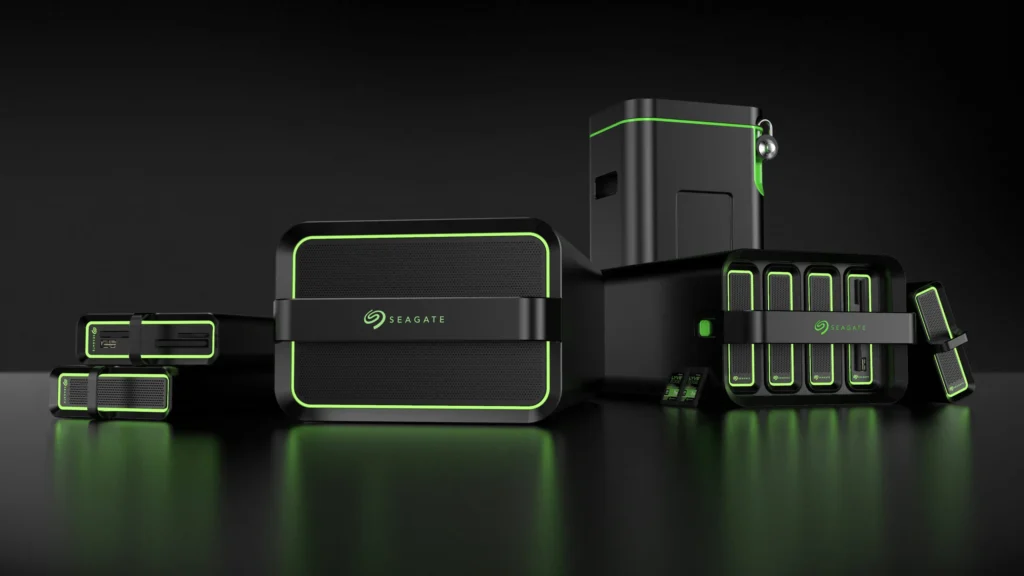Product Development
How we designed three award-winning products that can save lives and change the world.
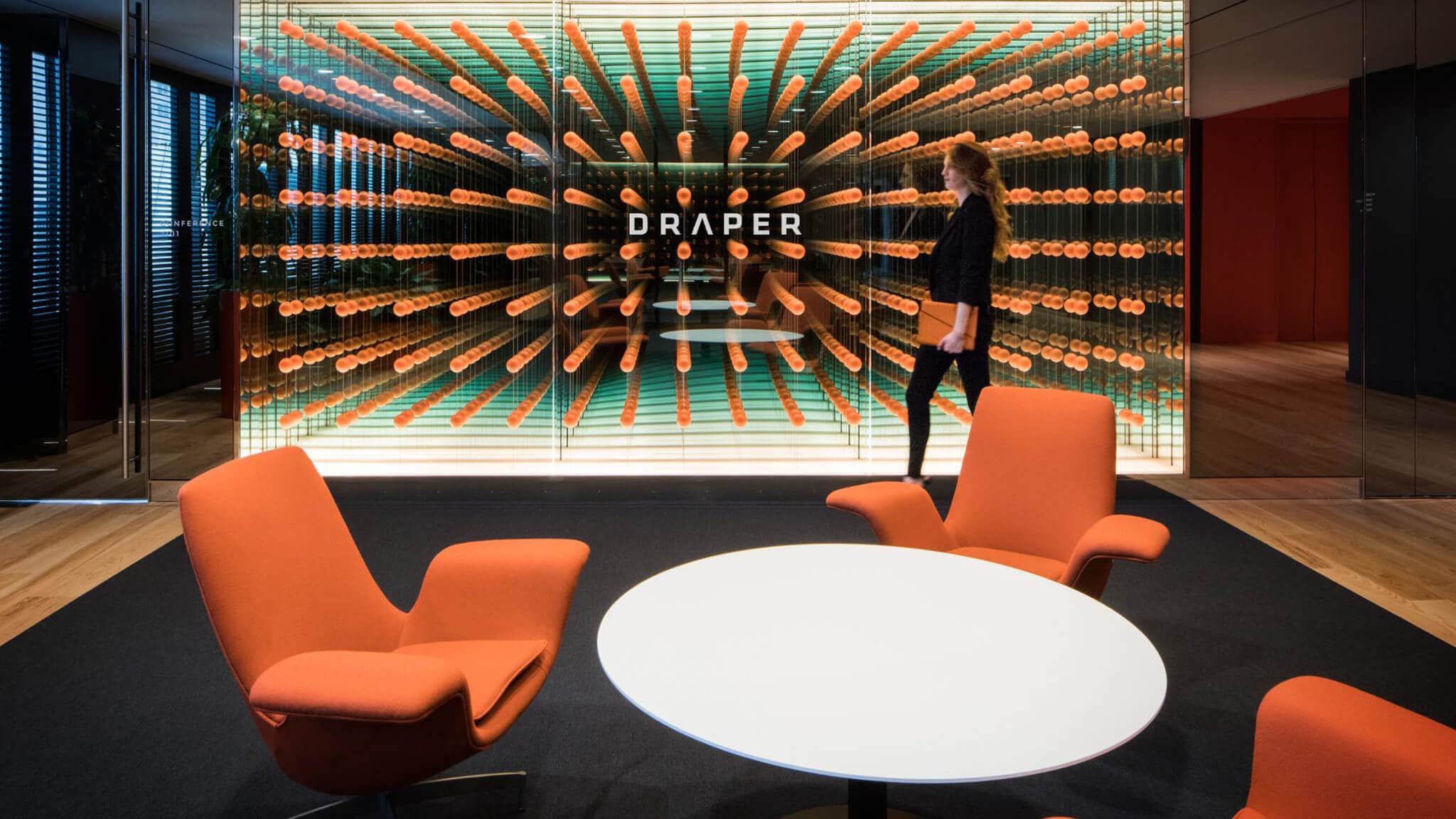
/ Draper: Intro
Draper
Draper, a world-renowned research and development organization based in Cambridge, is known for pioneering solutions in healthcare, energy, space exploration, and national security. With more than 1,600 engineers and scientists, the nonprofit had no shortage of advanced technologies in development, but it needed a way to translate them into functional, human-centered products that could attract investment and global recognition.
Sprout partnered with Draper to design three breakthrough innovations: a microplastic-sensing underwater drone, a portable thermoelectric cooling system, and an immunotherapy bioprocessing device. Together, we transformed complex science into compelling, functional products that earned industry acclaim, secured critical funding, and set the stage for long-term impact.
/ Draper: The Challenge
Using technologies to solve global challenges
Draper faced a common hurdle for research institutions: extraordinary technologies without tangible product form. While their science held promise, the lack of a unifying design language or product-ready form factor limited real-world application and external investment. Draper needed a partner to help bridge the gap between lab innovation and user-centered solutions, ensuring their ideas could succeed in the field, resonate with end users, and signal value to stakeholders.
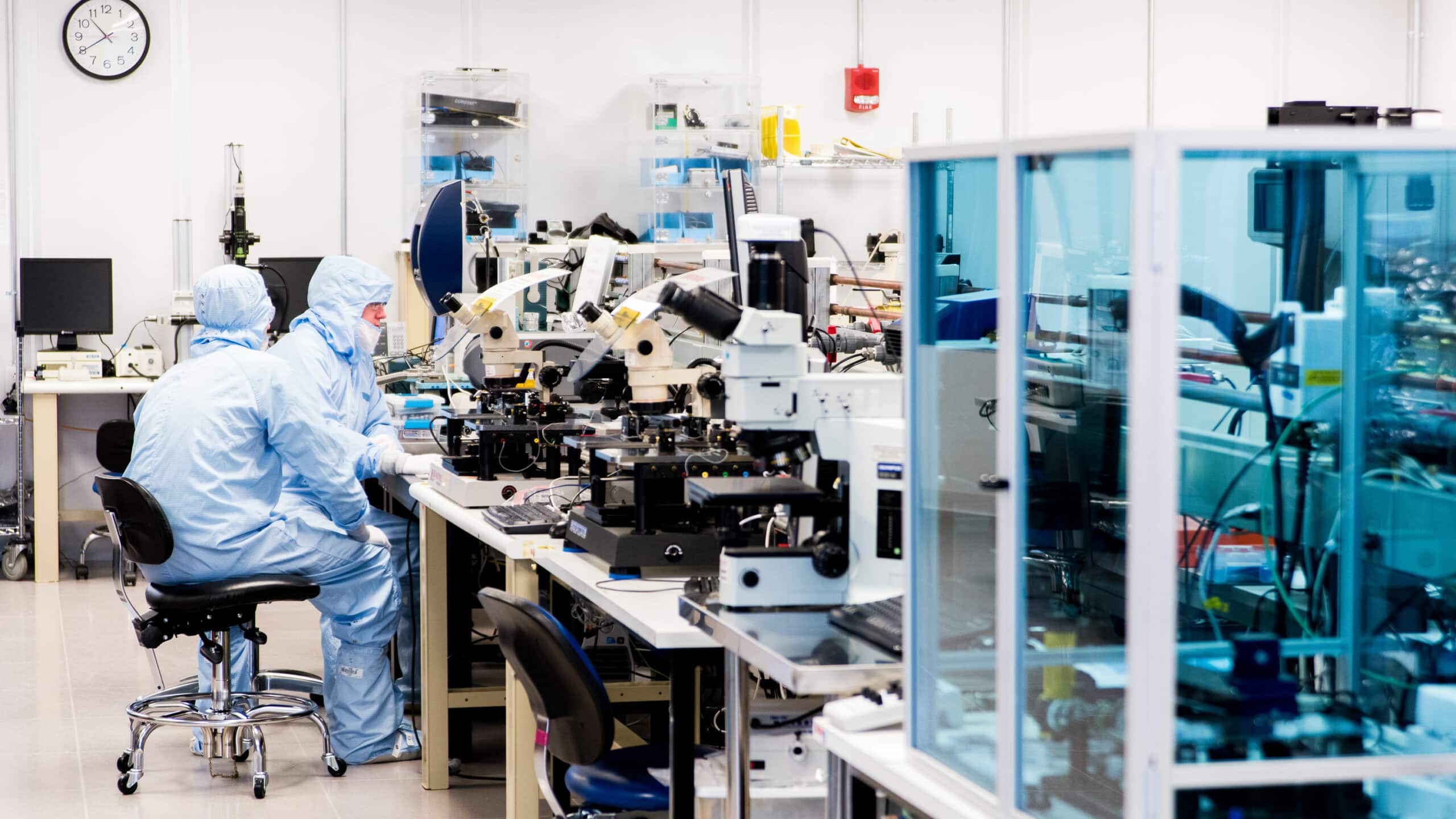
/ Draper: The Approach
Cohesive elements
After establishing the basic product roadmap for our three products — an autonomous microplastic-sensing underwater drone, a thermoelectric mobile fridge, and an immunotherapy bioprocessing device.
Looking to unify Draper’s visual brand language, the team looked for cohesive components: form, details, lighting, graphics, color, material, and finish. Our first phase led us to design for signature elements that are intentional, innovative, dynamic, and unobtrusive.
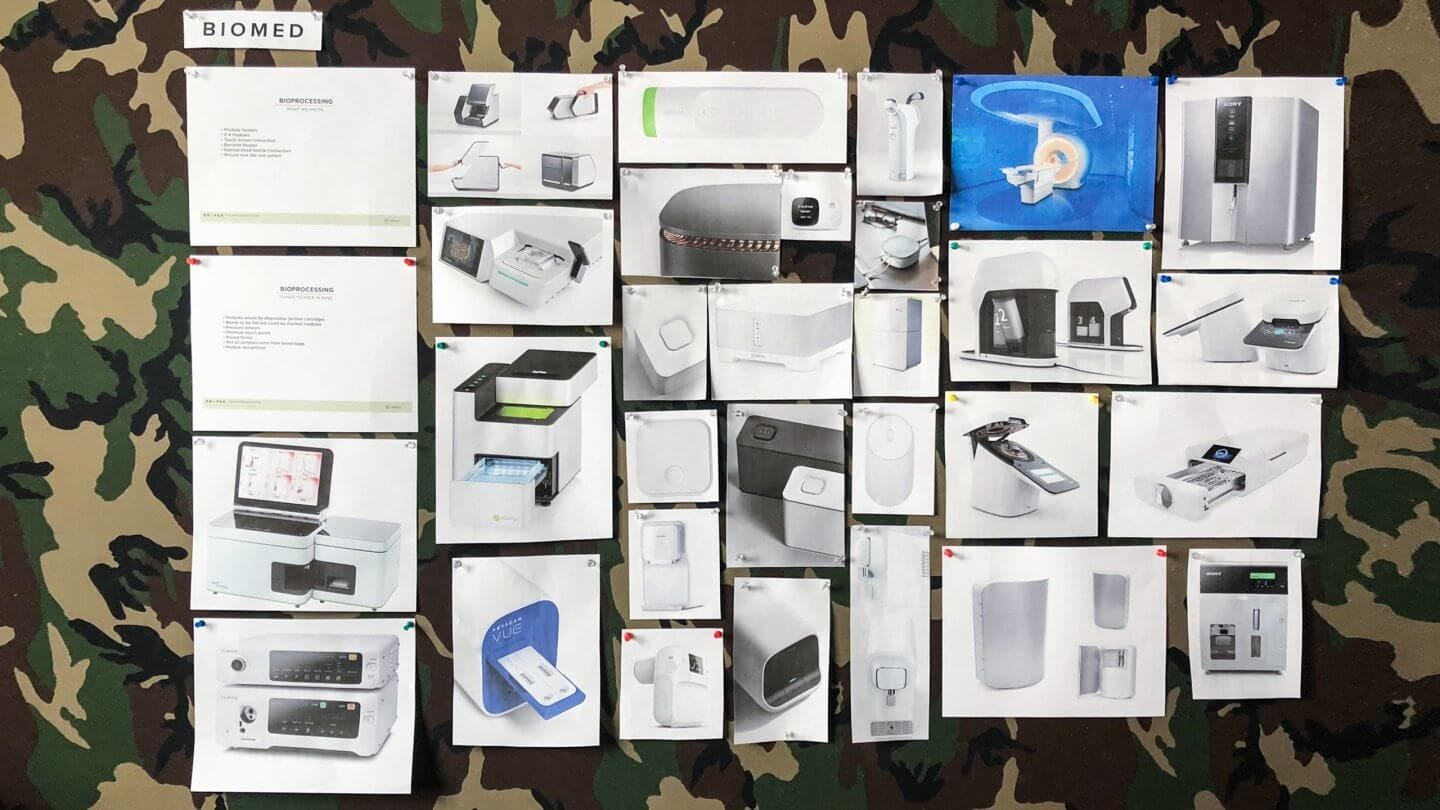
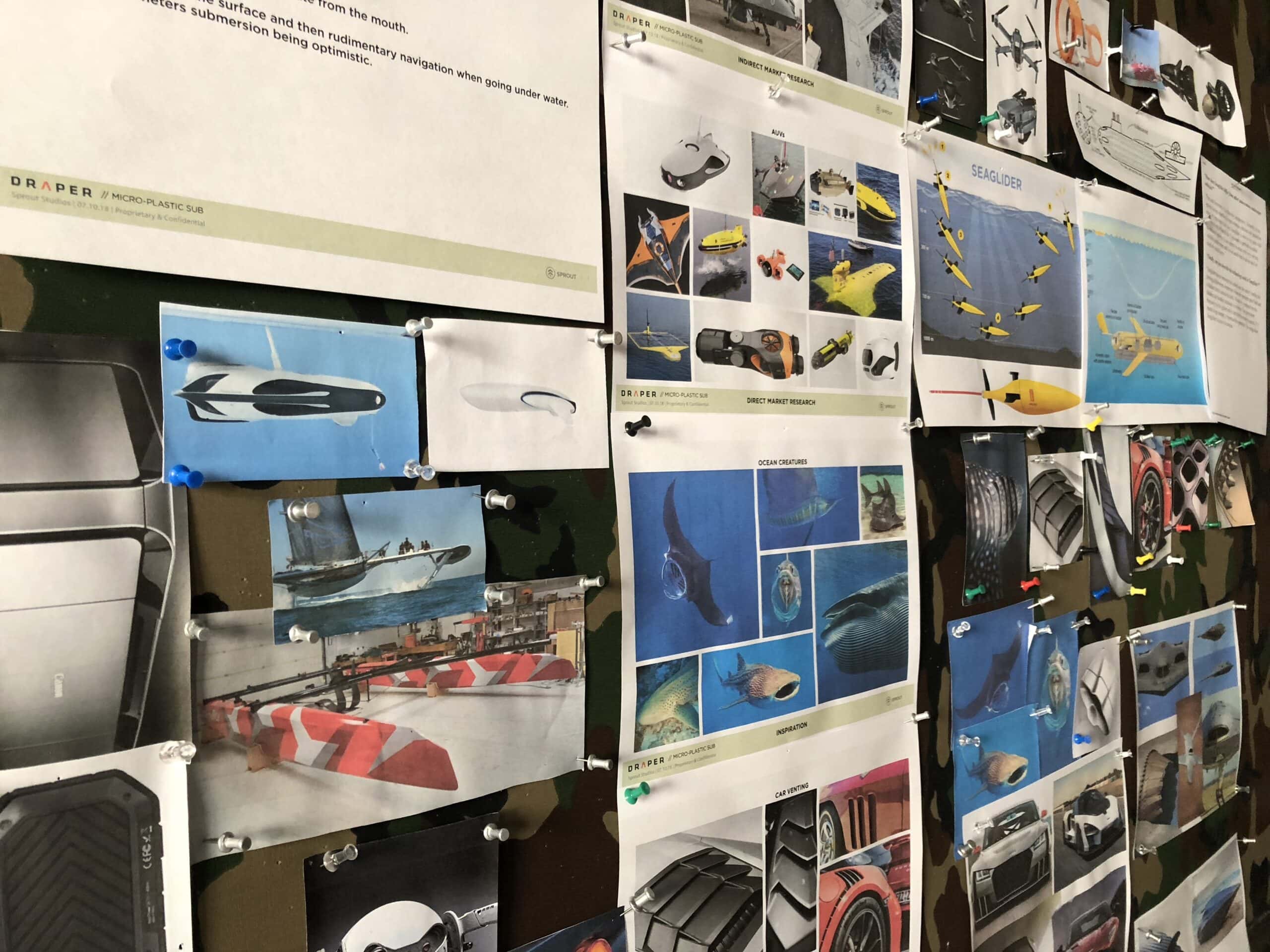
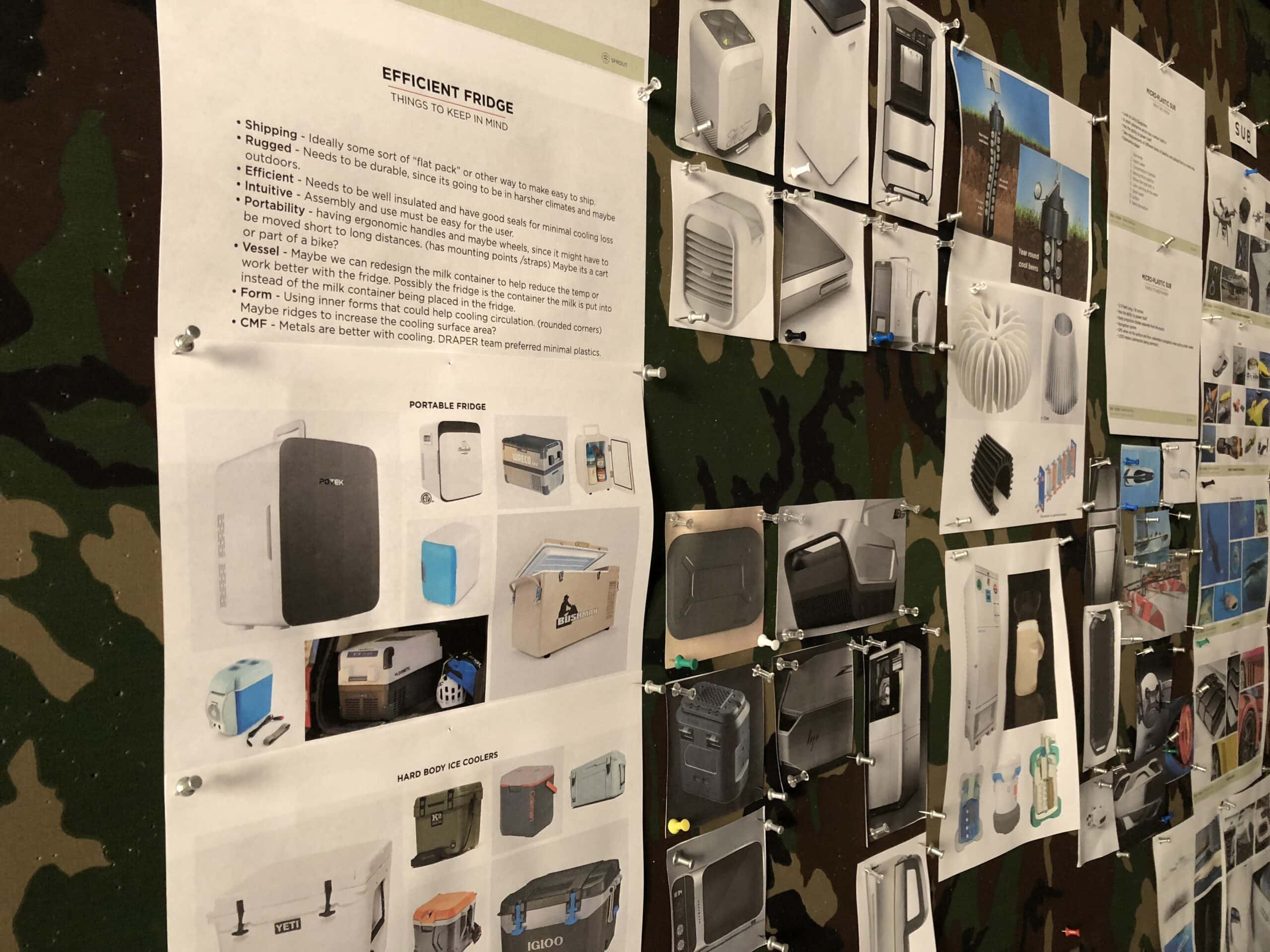
Taking shape
Sprout quickly moved to sketching, fusing together the core ingredients from our research and immersion phase. We approached the form and features with a holistic perspective of the products’ environments: the microplastic-sensing AUV needed to include thrusters rather than rudders due to the possible harmful effect it could have on animals; the fridge needed to withstand rugged use, and the bioprocessing device needed to be user-friendly for lab techs.
/ Draper: The Approach
Putting the user first
In the final phases of design, we worked closely with the Draper team in order to design intentionally, being mindful of the aesthetics and sustainability throughout the product lifespans.
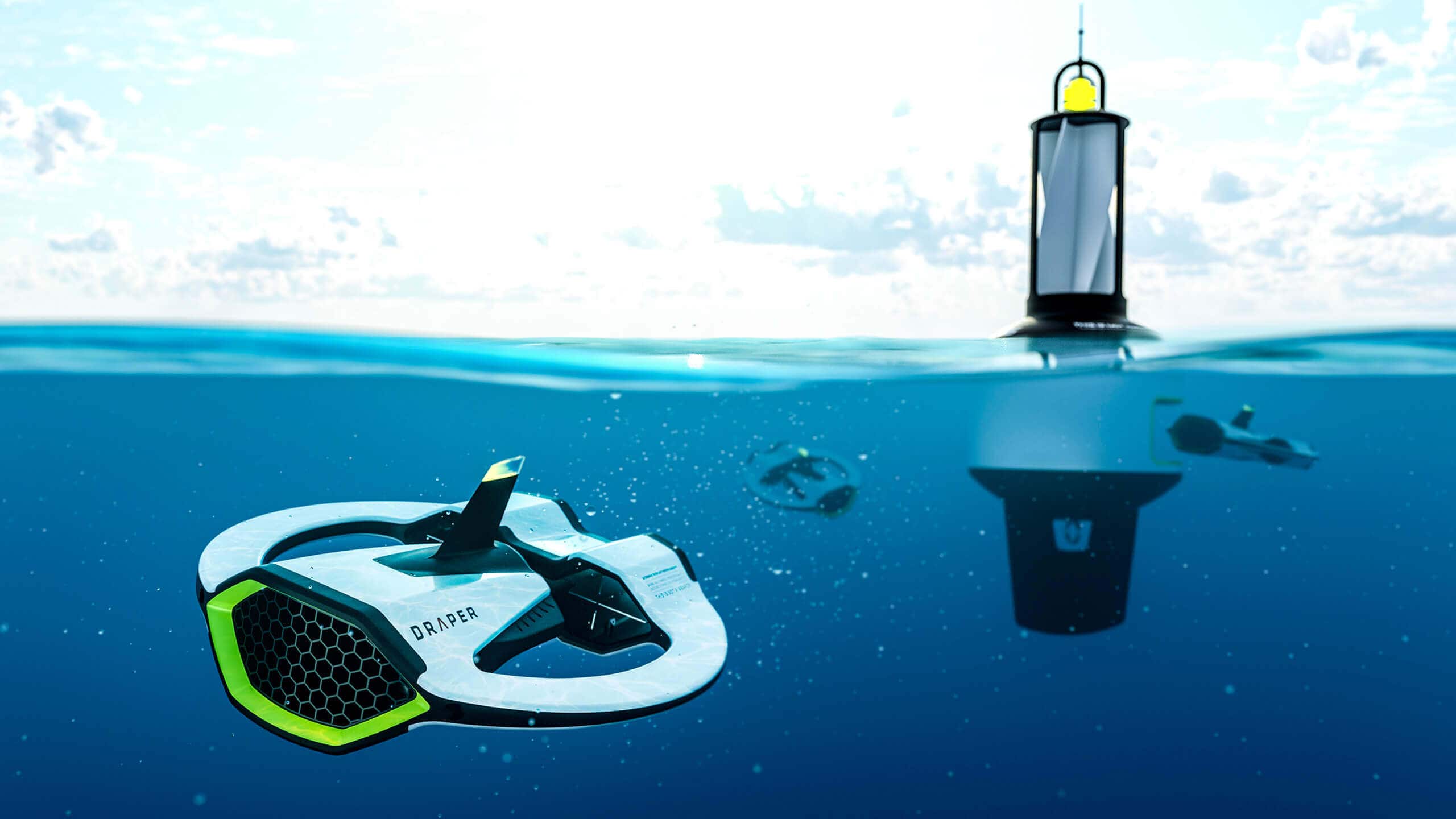
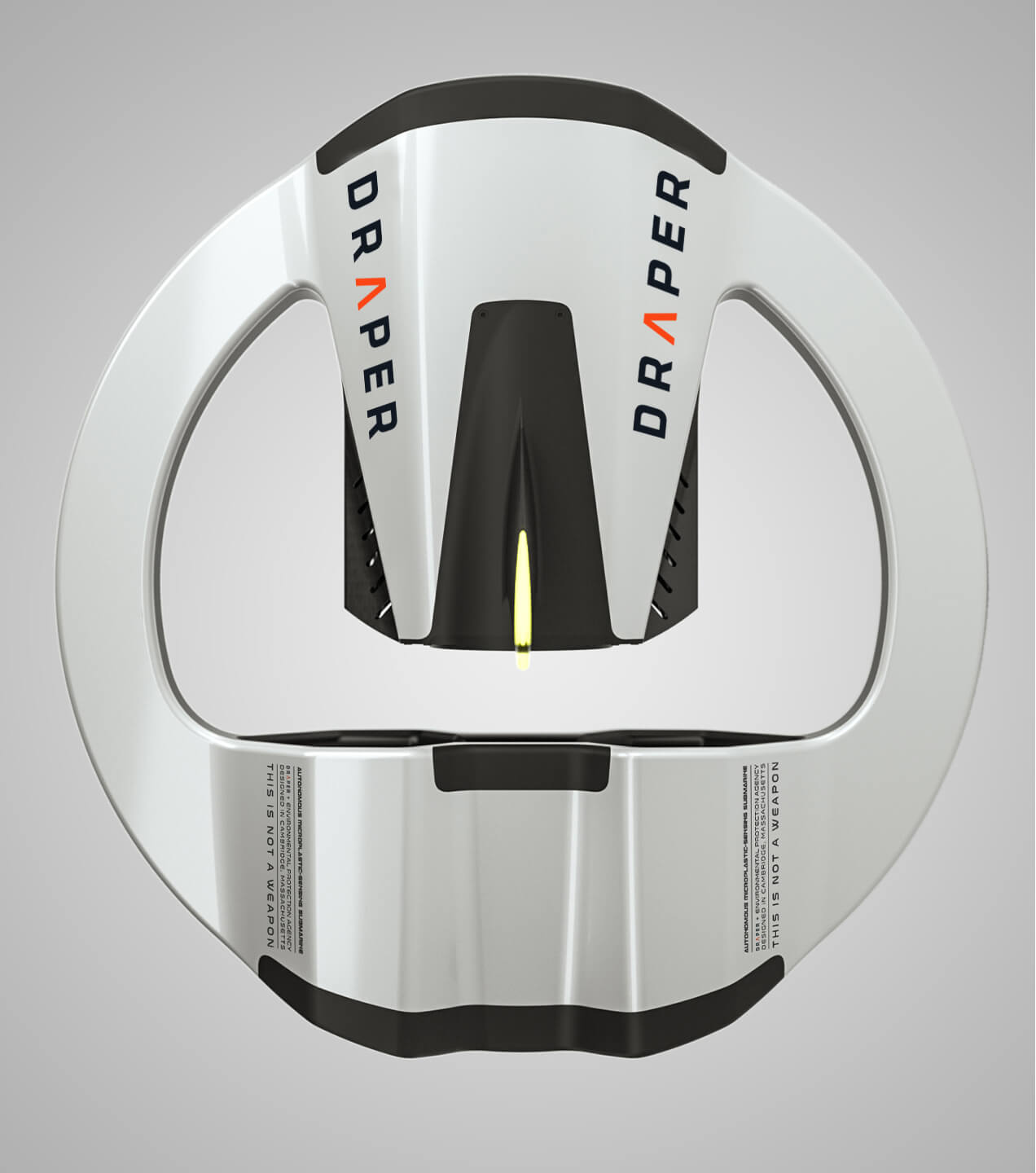
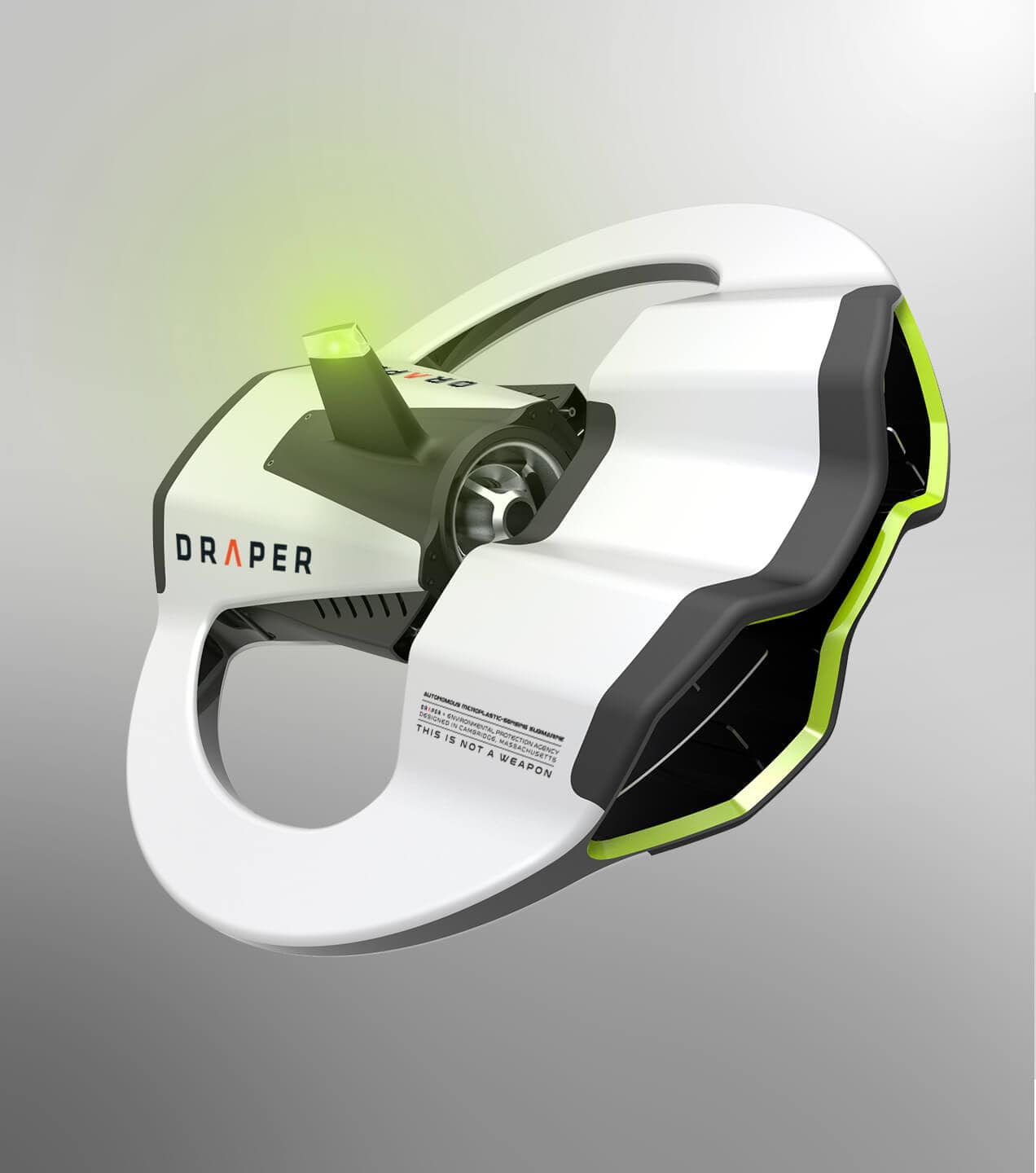
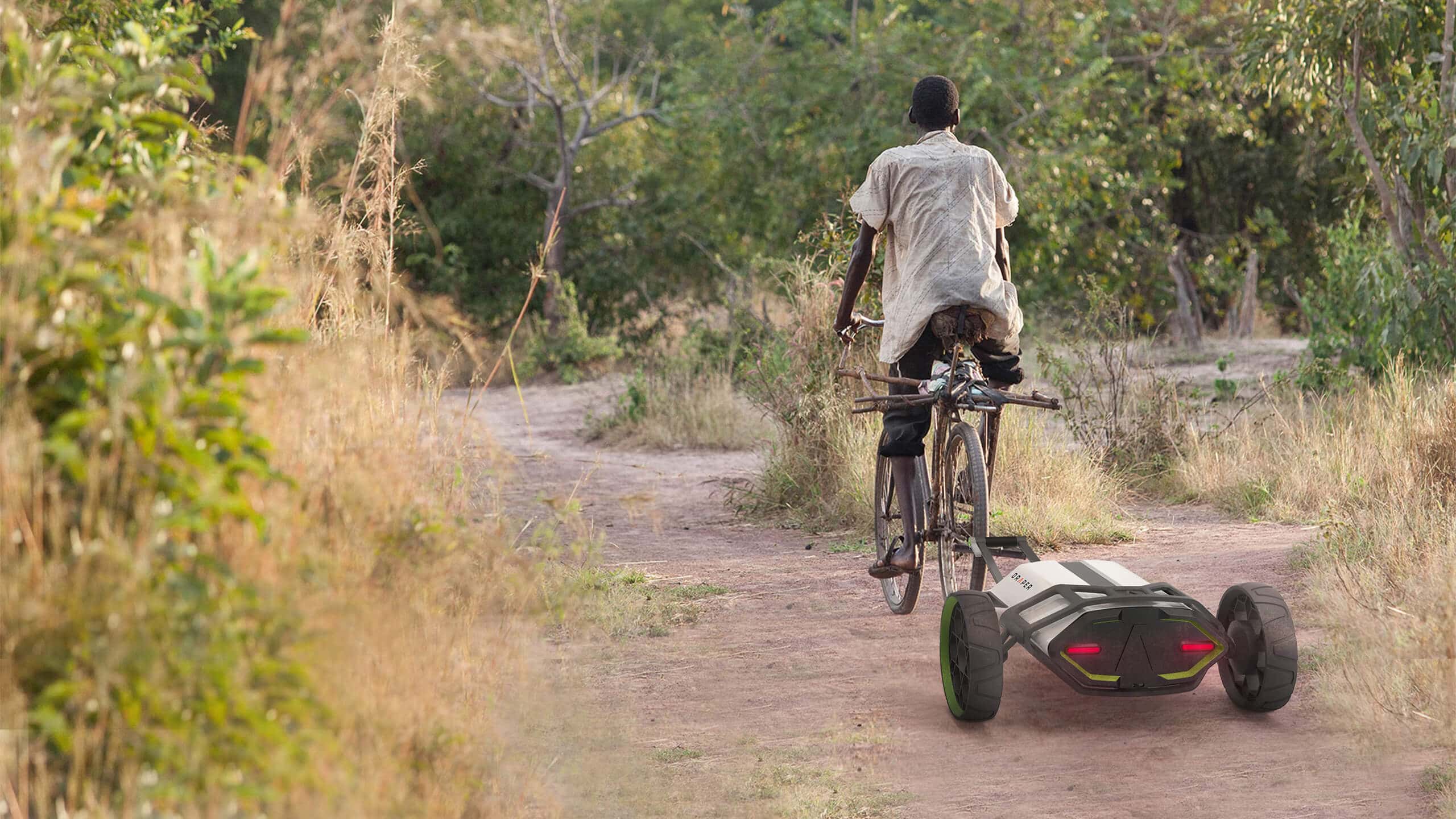
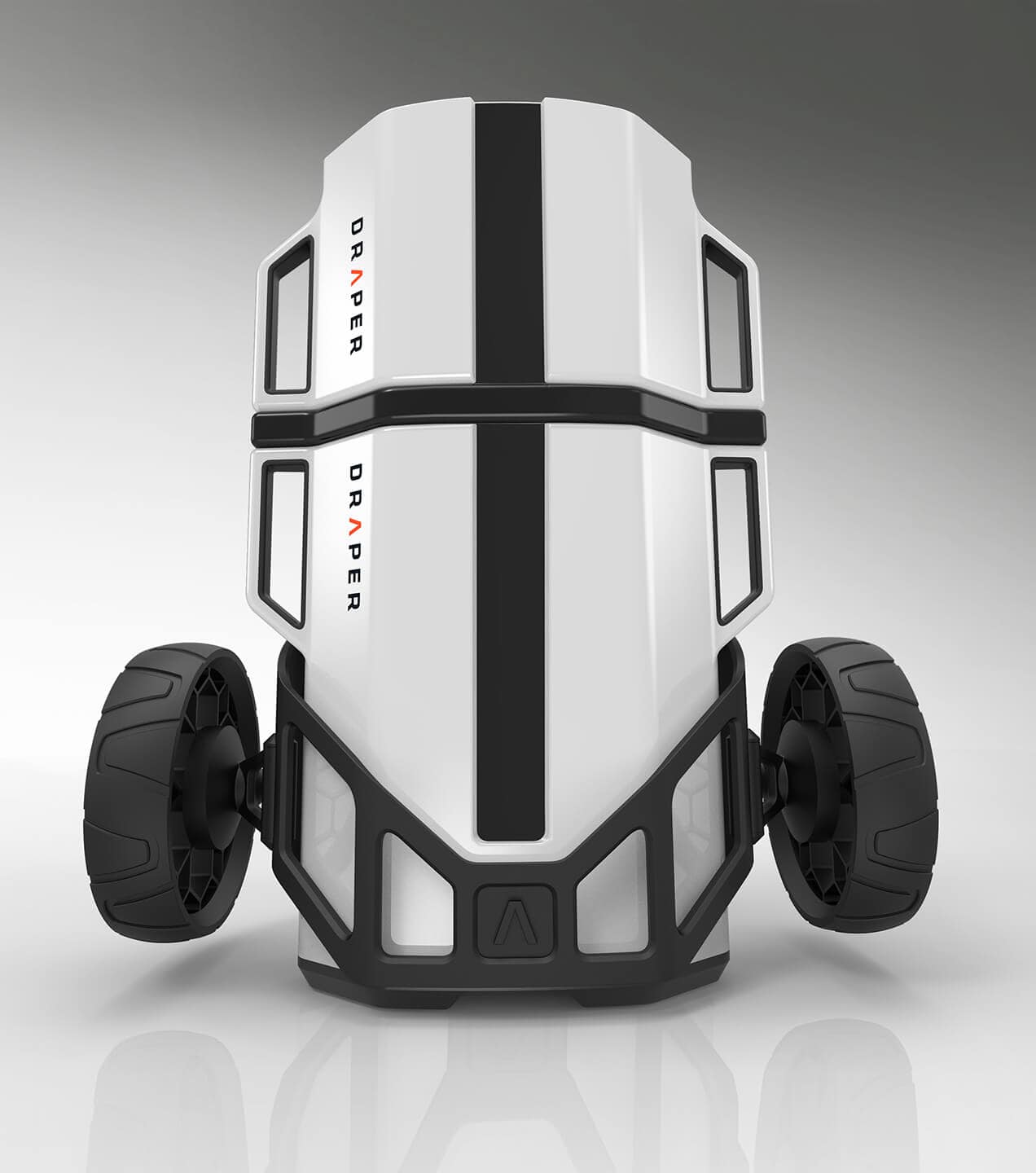
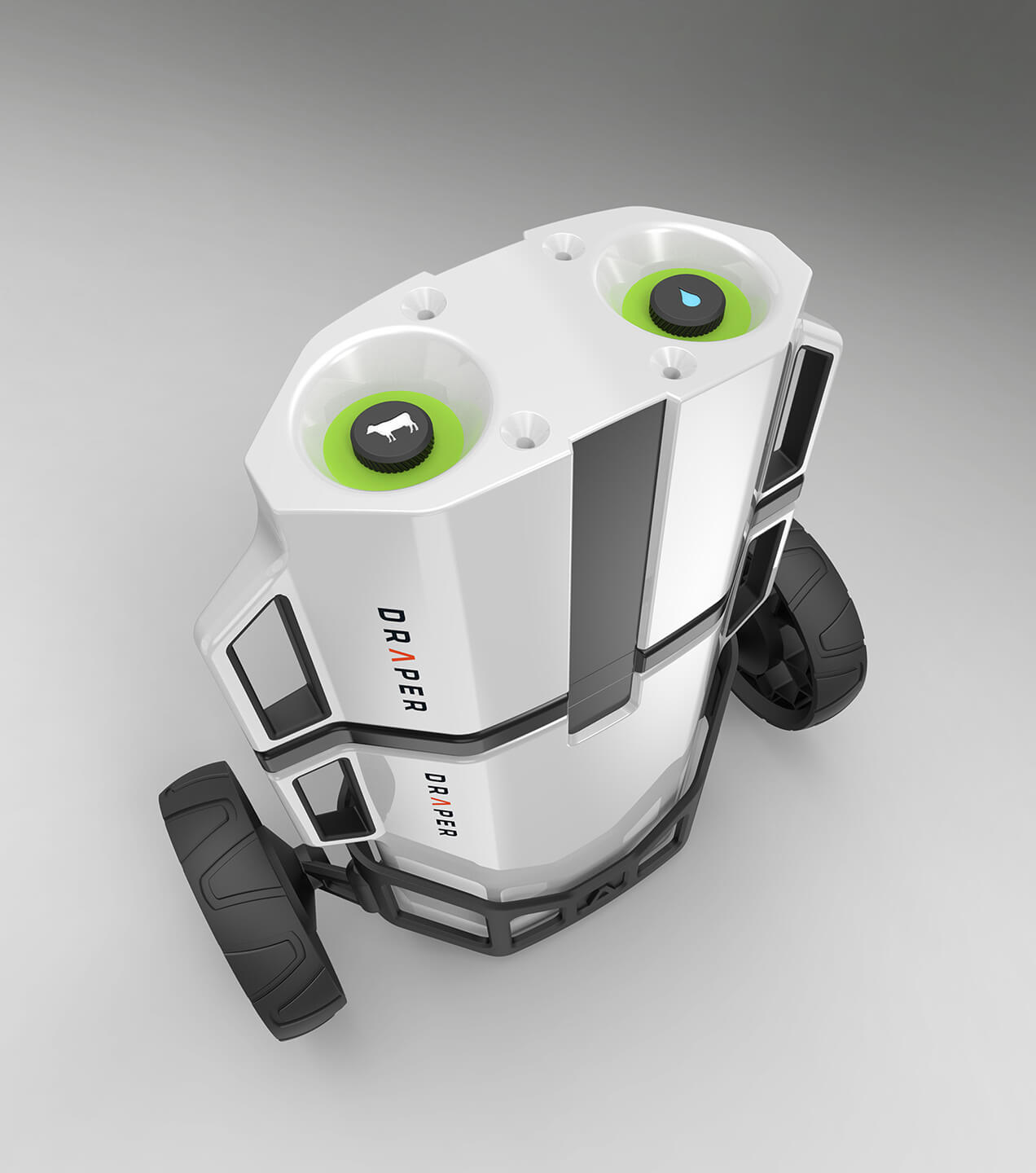
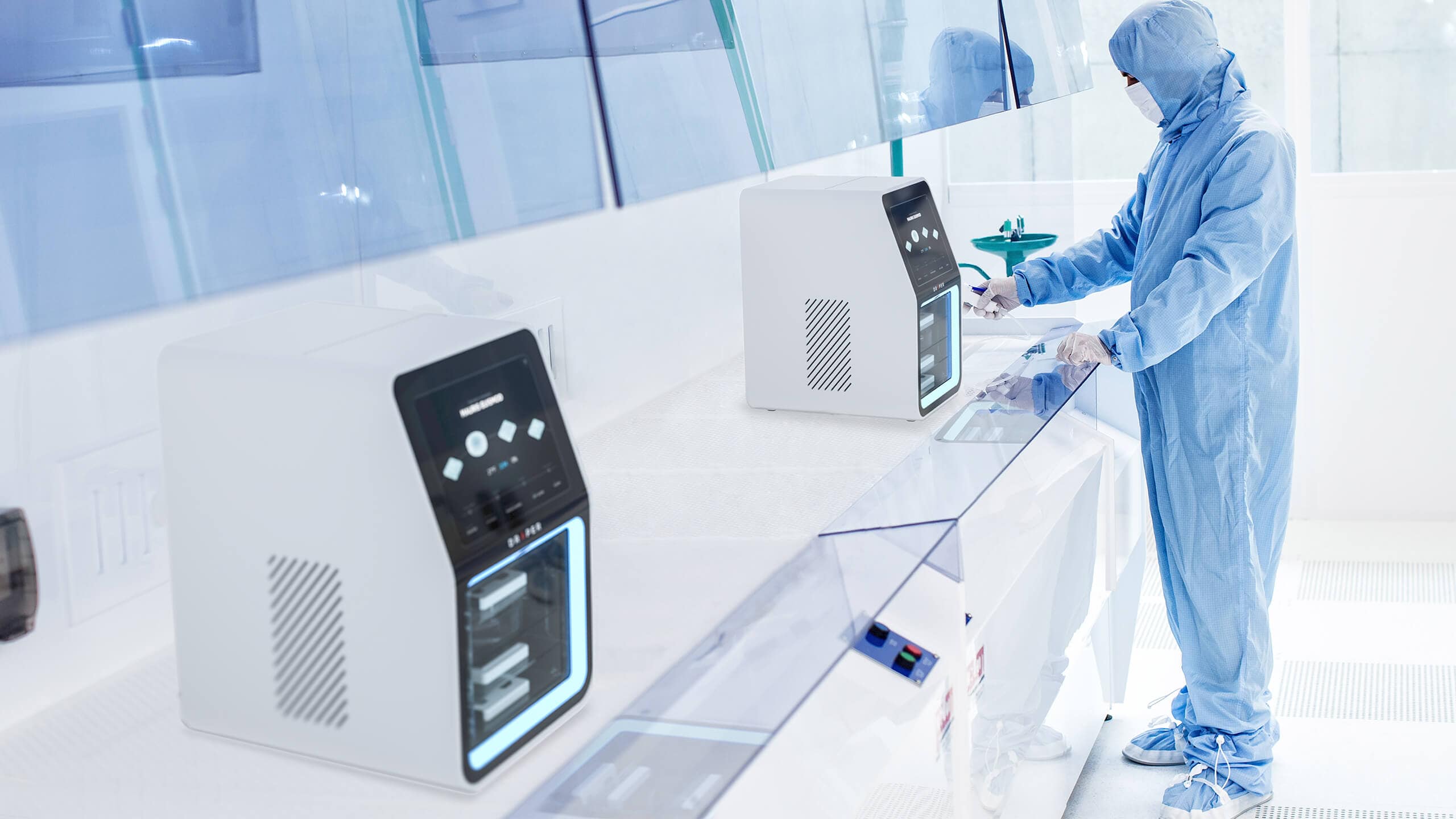
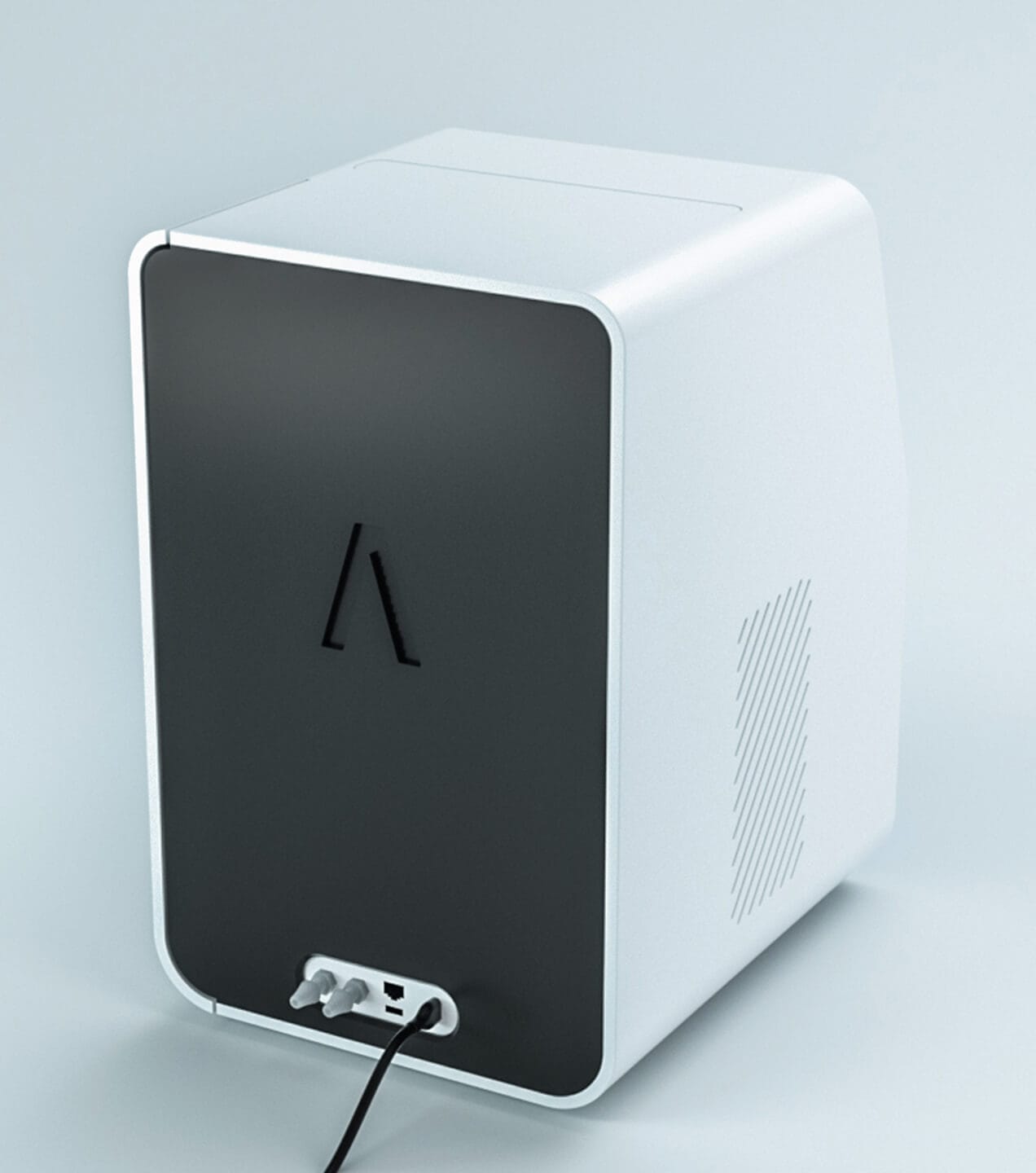
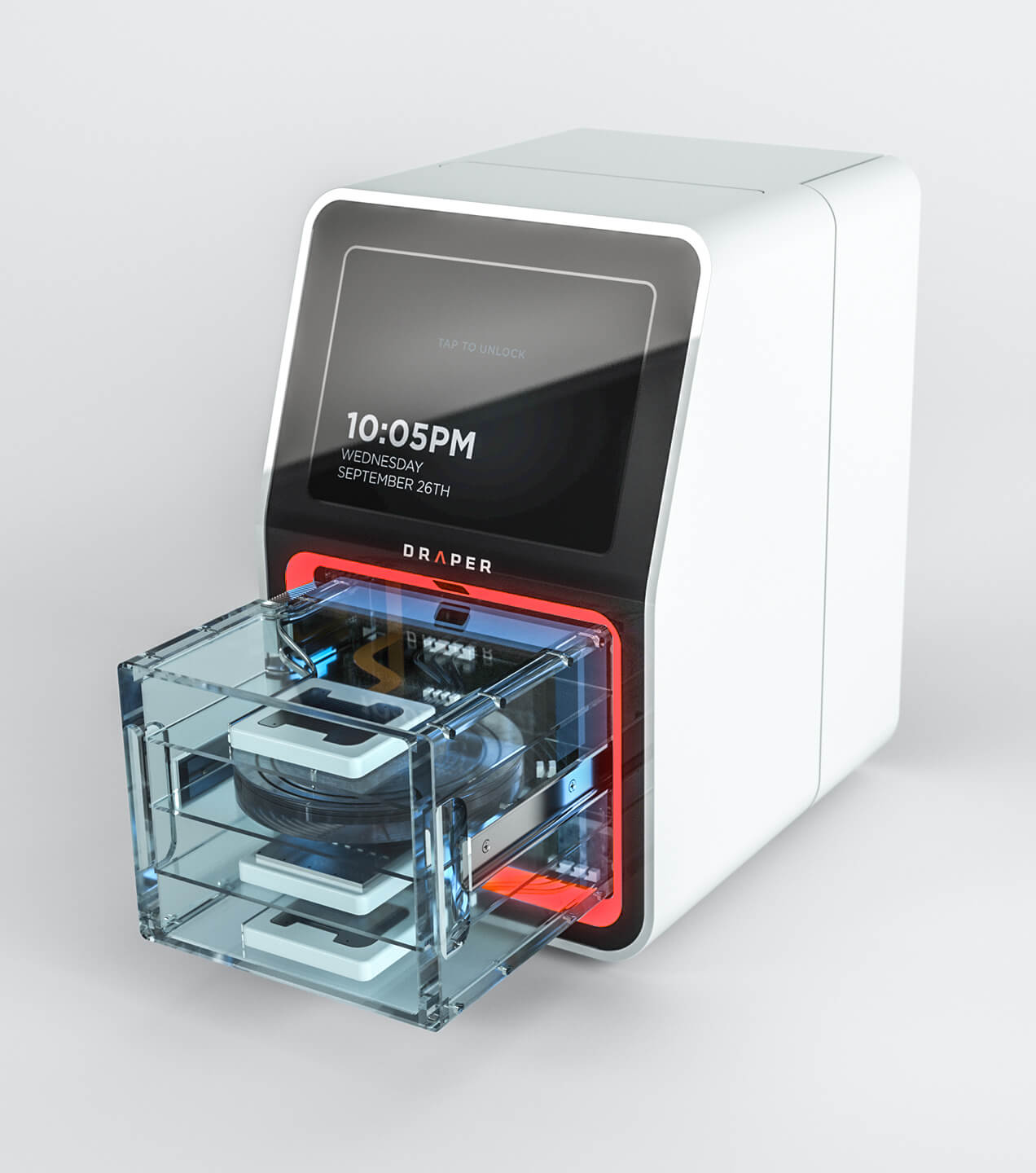
A visual brand language for the future
The products were launched and announced publicly at Draper’s Engineering Possibilities event. The products were selected as finalists or honorable mentions for Fast Company’s World-Changing Ideas, the IDSA IDEA Awards, and Time Magazine’s Best Inventions list.
Because of the immediate success, what started as three projects burgeoned into a long-term strategic partnership with Draper, where Sprout works to define and refine their Visual Brand Language.
/ Draper: The Outcome
Education
Our studio’s final deliverable was to create and educate Draper’s 1,600+ employees on the Visual Brand Language we created. The final VBL was rolled out company-wide with multiple in-person workshops explaining how to use and scale the VBL.
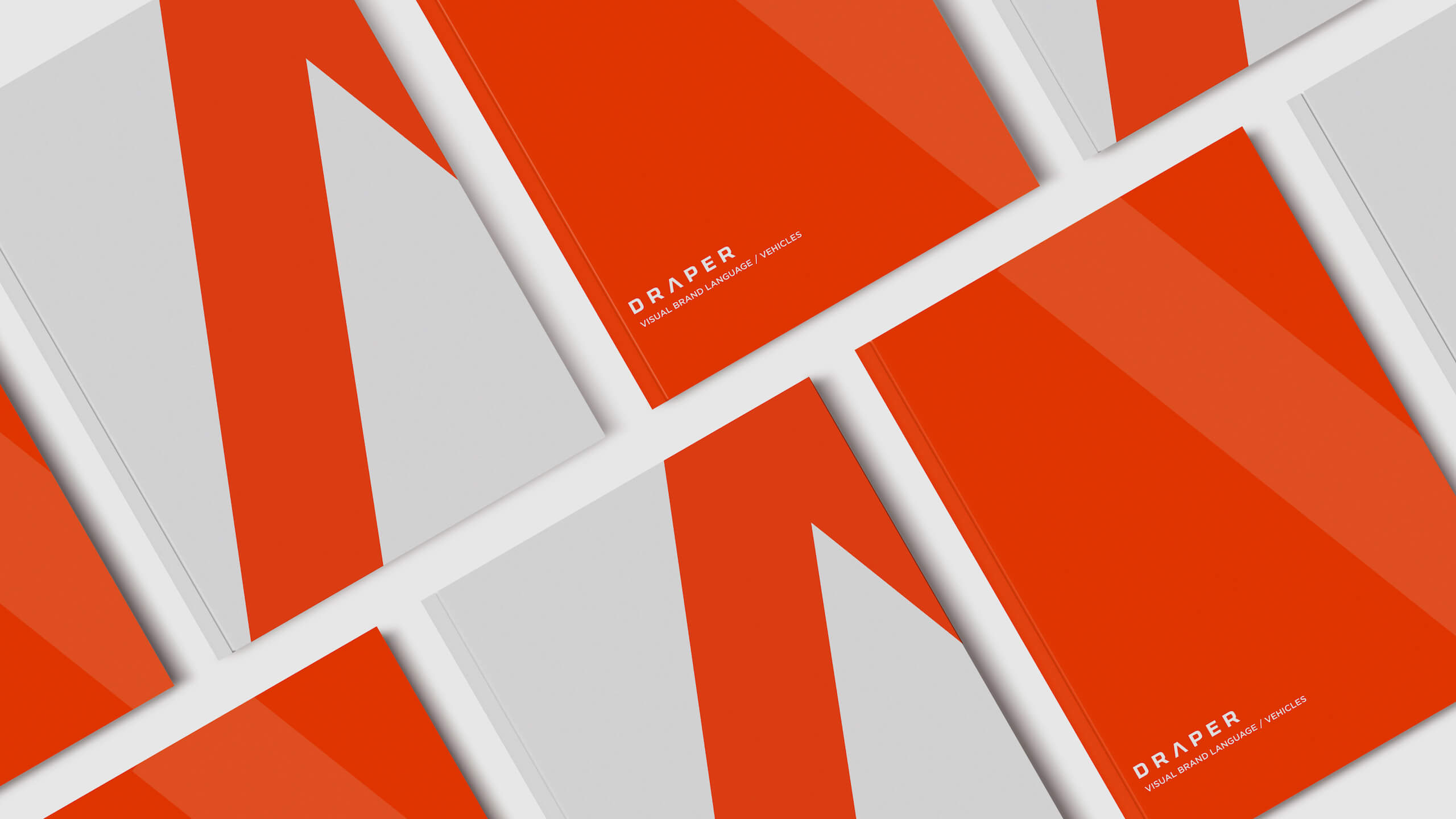


/ Draper: The Outcome
Results
As a non-profit, Draper relies on partnerships and external funding. These exploratory technologies were sponsored primarily by organizations like the Gates Foundation, providing Draper the opportunity to engineer and refine their technologies. Having a strong VBL, physical prototypes, and increased awareness has helped Draper secure millions in investment funding, won numerous prestigious awards cartelizing public interest, leading to further development.
-
Each project aims to make a specific task easier and more streamlined, and they collectively offer a sneak peek into the future of technology.
&
